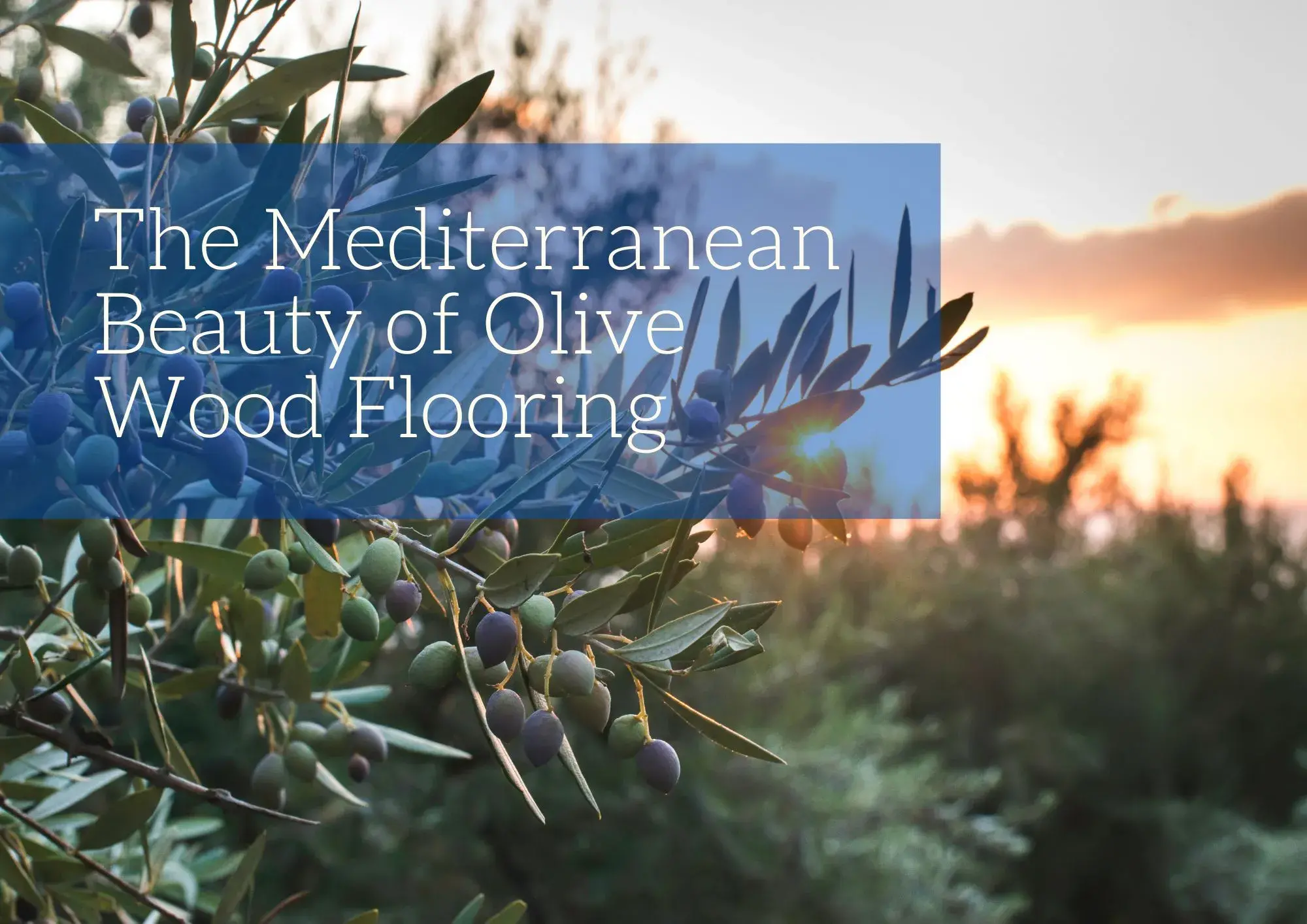Nestled in the heart of the Mediterranean, where sun-drenched landscapes and ancient groves meet, olive wood stands as a testament to nature’s enduring beauty. Beyond its culinary contributions and symbolic significance, this wood takes center stage in interior design, especially in the realm of flooring. Join us as we embark on a journey through the enchanting world of olive wood flooring, exploring its timeless charm, unique characteristics, and the unparalleled elegance it brings to interiors.
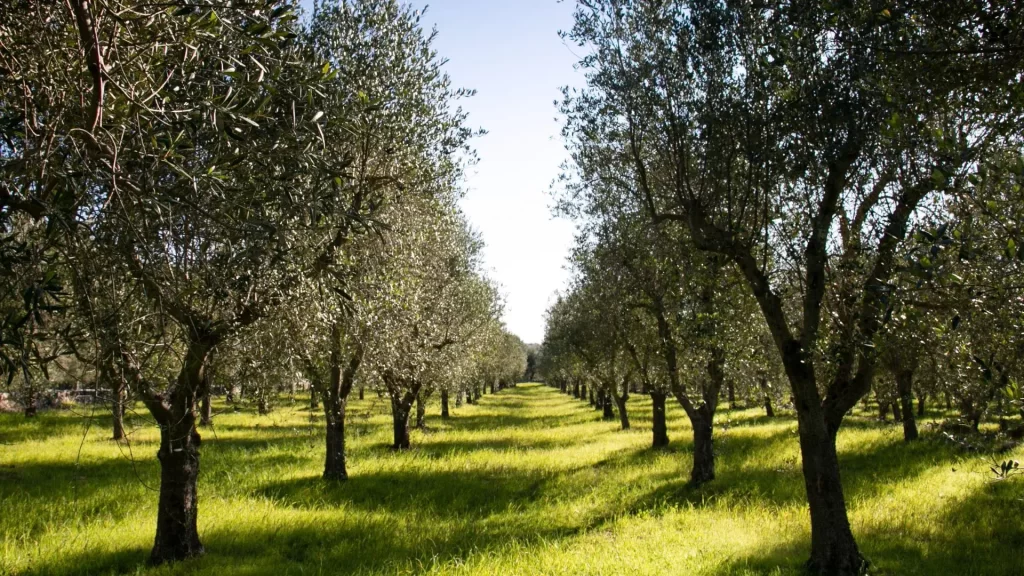
Where Does Olive Wood Originate From?
With a history spanning thousands of years in the Mediterranean region, olive wood has deep roots in this storied landscape. While its origins lie in the Mediterranean, its adaptability and minimal care needs have propelled it beyond its native confines, where it has flourished in more than 20 countries where it is cultivated for its fruits. The hardwood, derived from the olive tree, scientifically referred to as Olea europaea, carries a familiar resonance for many. This enduring tree symbolizes strength and perseverance, a testament to its robust nature and the cultural significance it holds.
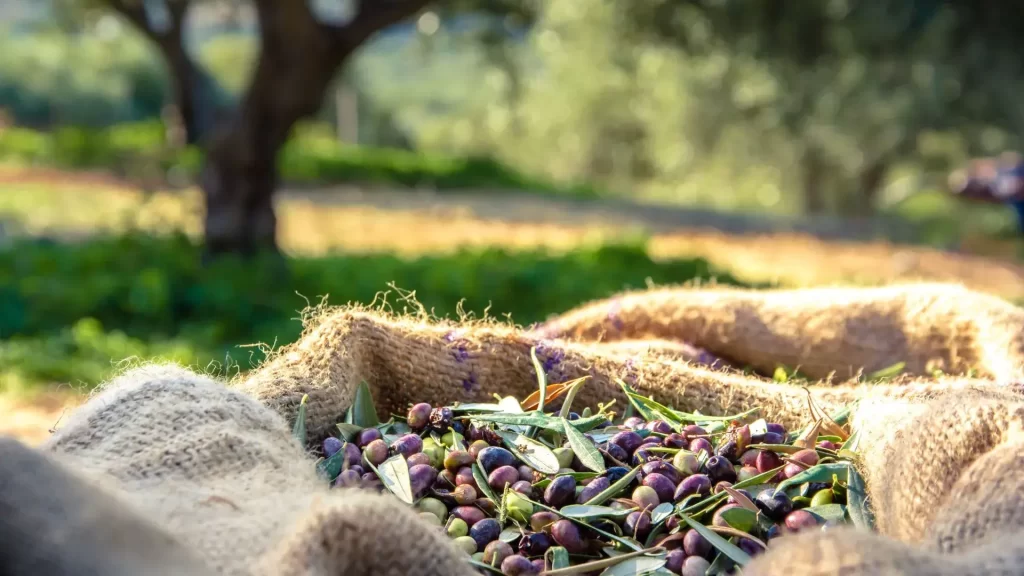
The Properties of Olive Wood
Olive wood possesses distinctive qualities that elevate its desirability to remarkable heights. Its extraordinary grain pattern, reminiscent of the creative brushstrokes on a masterpiece, showcases captivating swirls and streaks. The grain itself exhibits a delightful range from straight to wild and uneven, resulting in visually compelling designs that are inherently unique.
The color palette of olive wood is equally enchanting. The heartwood, often boasting a beautiful golden-brown hue adorned with darker streaks or spots, exudes a warm and rich aesthetic. In contrast, the sapwood is lighter, introducing a lovely tonal interplay that adds both depth and intrigue to any woodworking project.
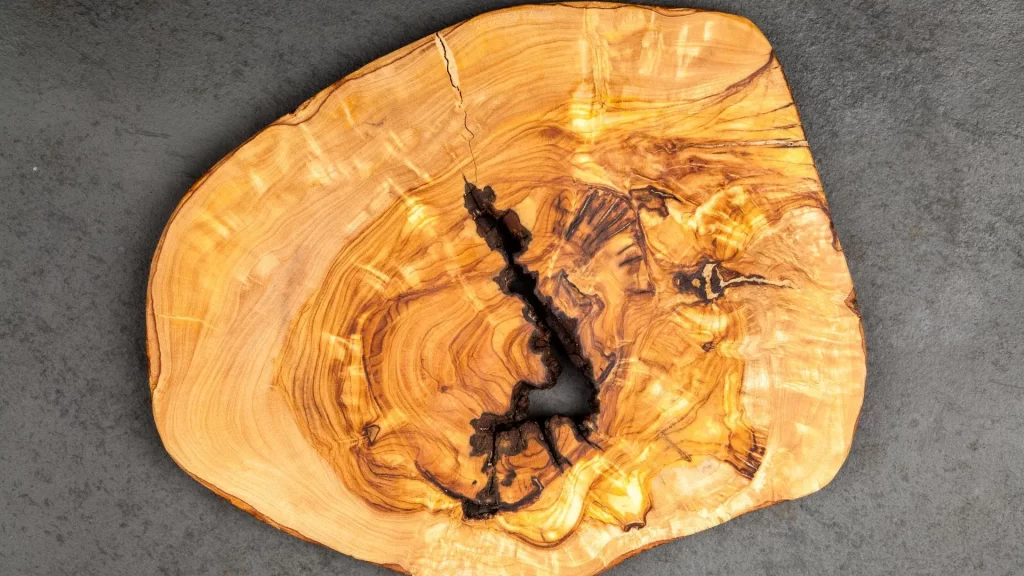
What Is Olive Wood Used for
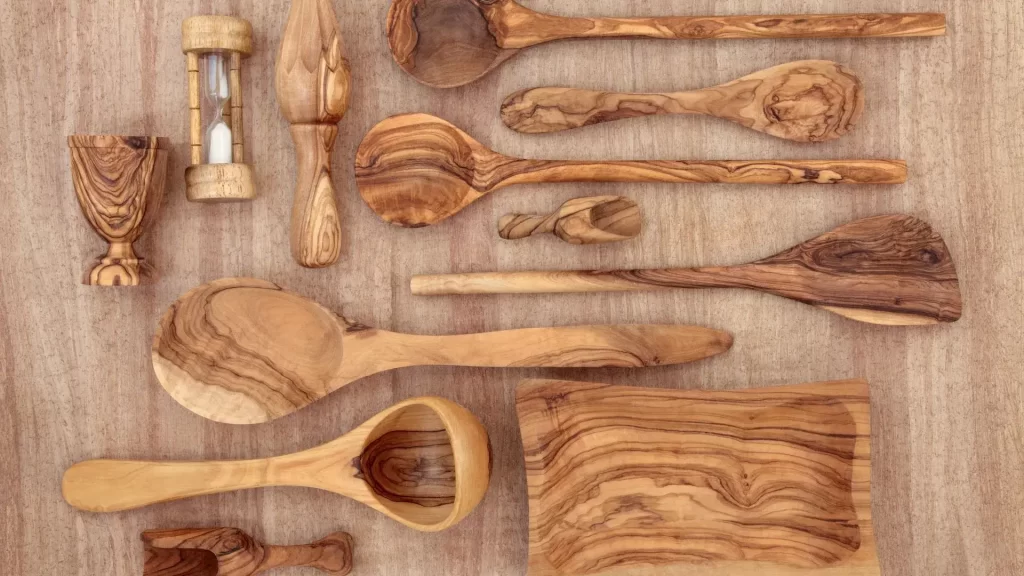
Can Olive Wood Be Stained?
Olive wood’s inherent natural beauty is often celebrated by leaving it unfinished, allowing its authentic qualities to shine. However, for those seeking a range of colors or aiming to enhance its visual appeal, staining is a viable option. It’s crucial to note that the wood’s dense structure and elevated oil content can pose challenges during the staining process, making it more intricate compared to working with other woods. Achieving the desired effects may require the expertise of a skilled professional or a bit of experimentation with small test pieces, ensuring that the final result aligns seamlessly with one’s aesthetic preferences.
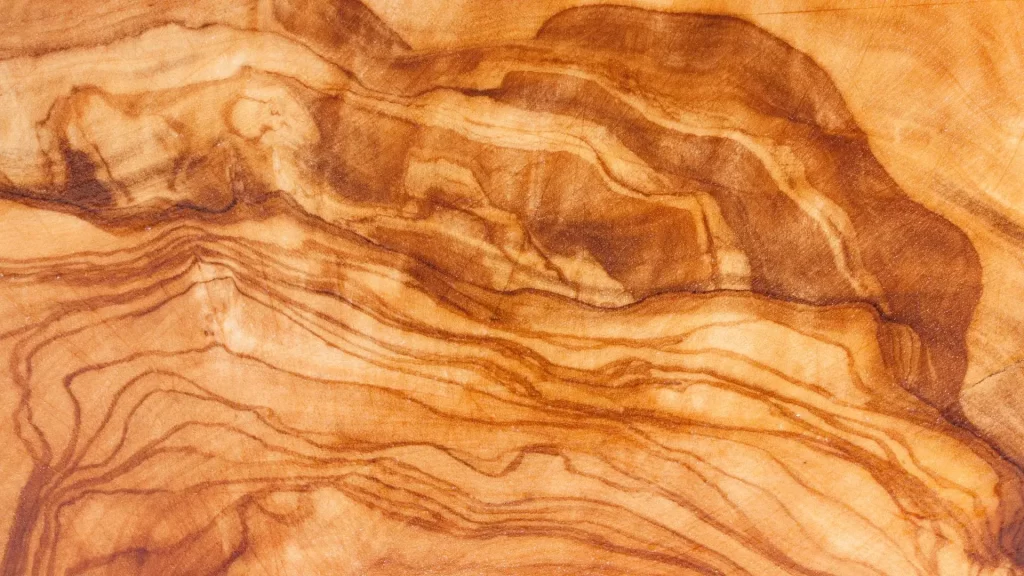
With its unique grain patterns, warm tones, and versatile applications, olive wood has become a favored choice among carpenters, artists, and designers. Its natural beauty, often left untouched to showcase its authenticity, can also be enhanced through staining, although the process requires a careful hand due to its dense structure and high oil content. As we appreciate the enduring charm of olive wood, we are reminded not only of its rich history but also of its continued relevance in the creation of timeless, sophisticated spaces that seamlessly blend tradition with modern design.


